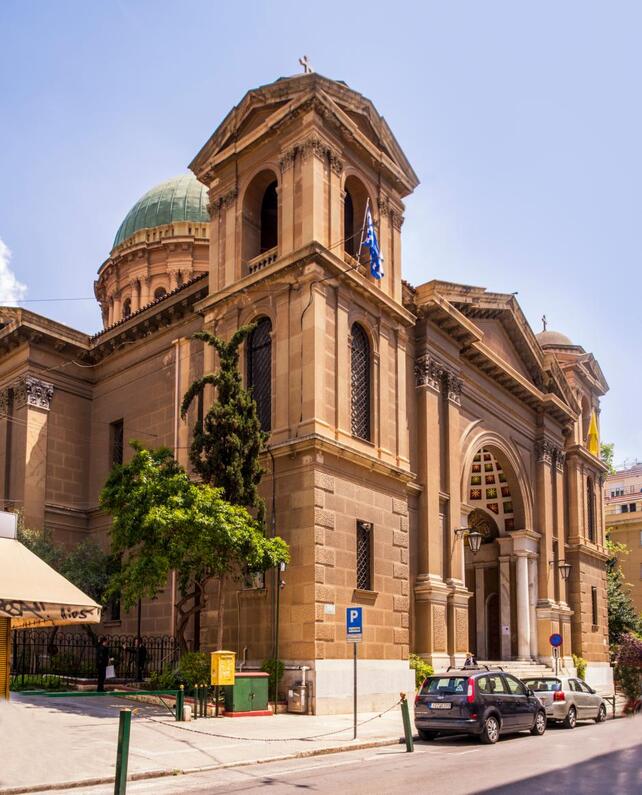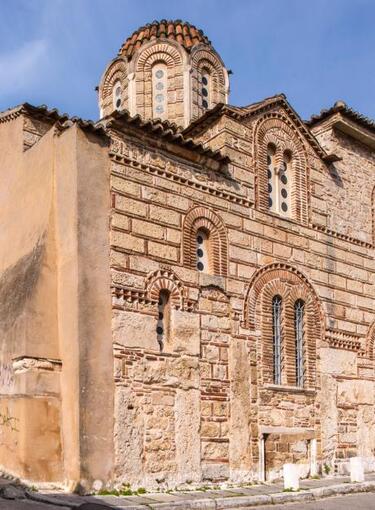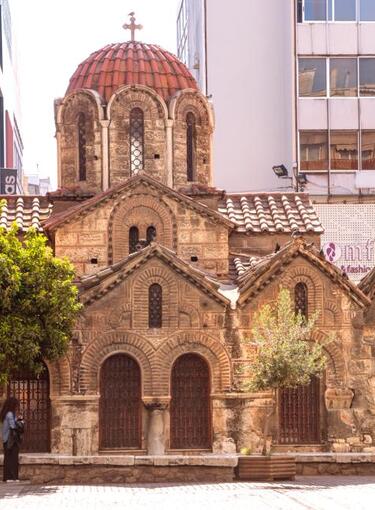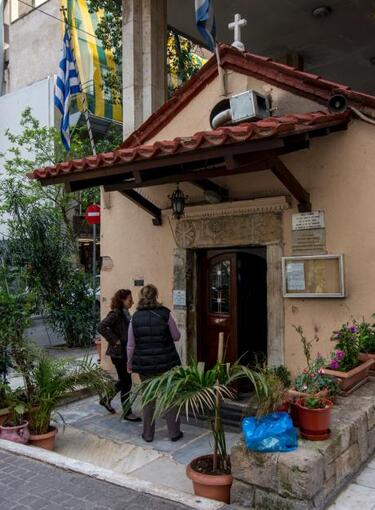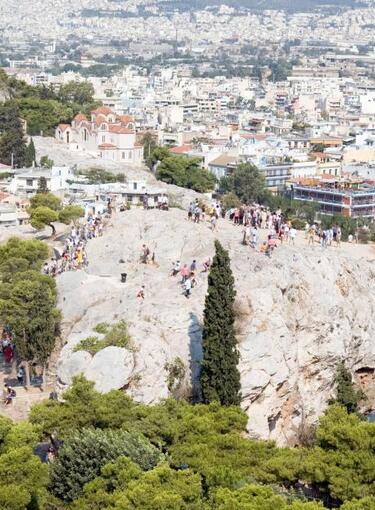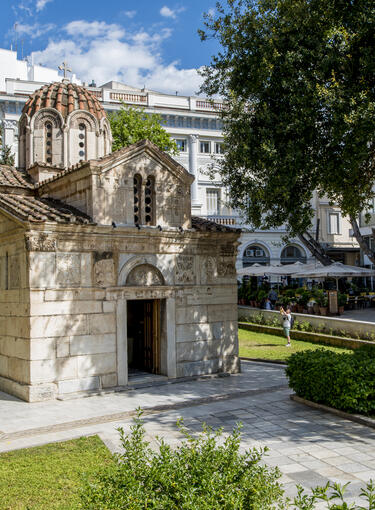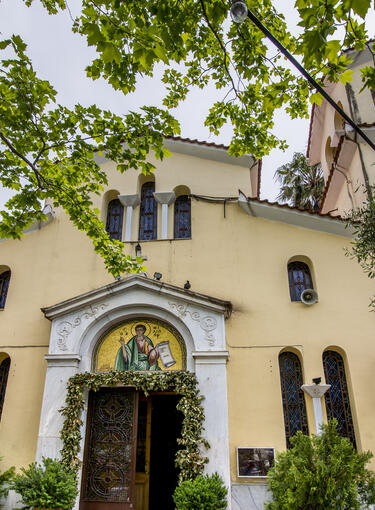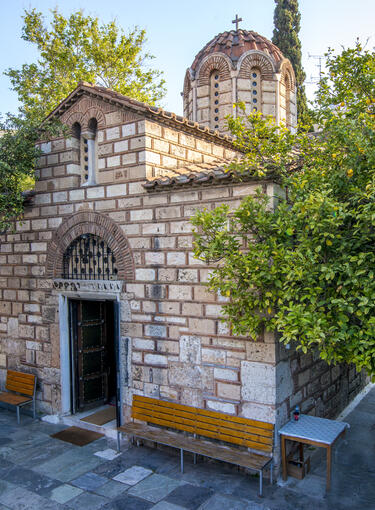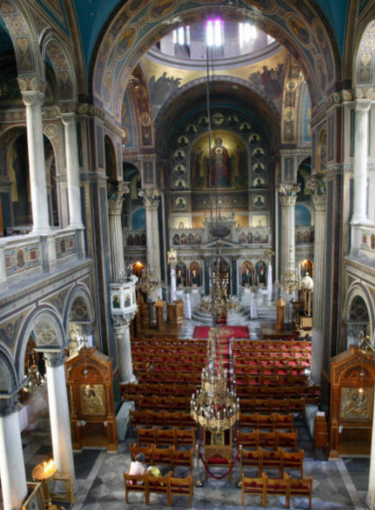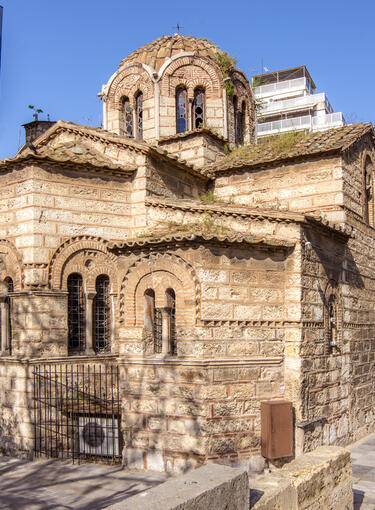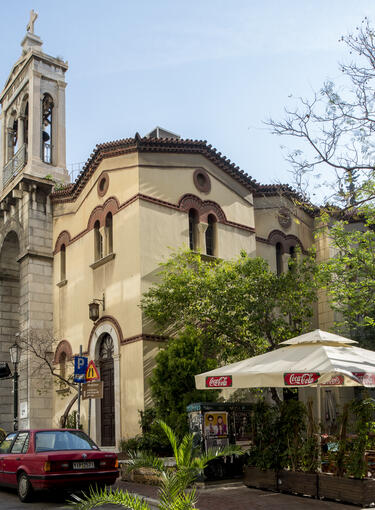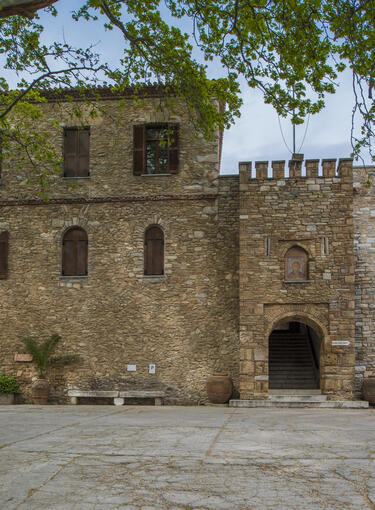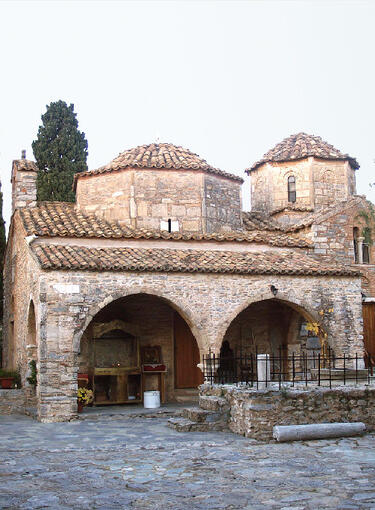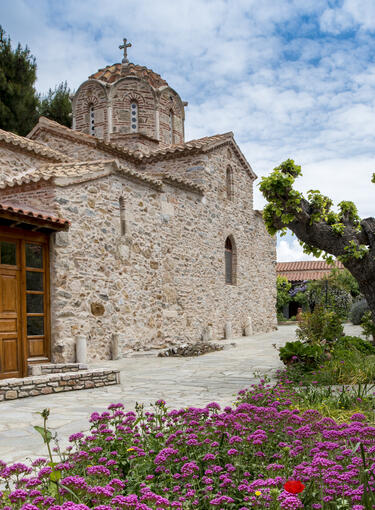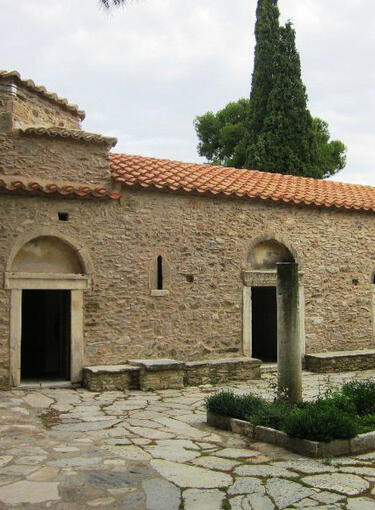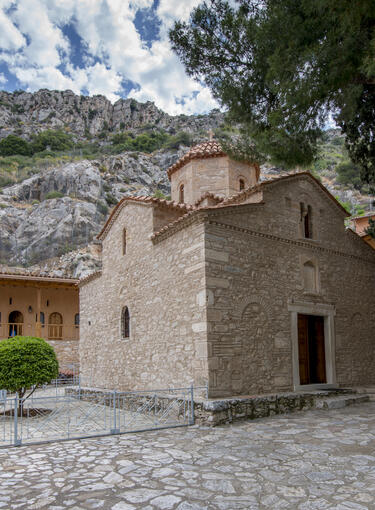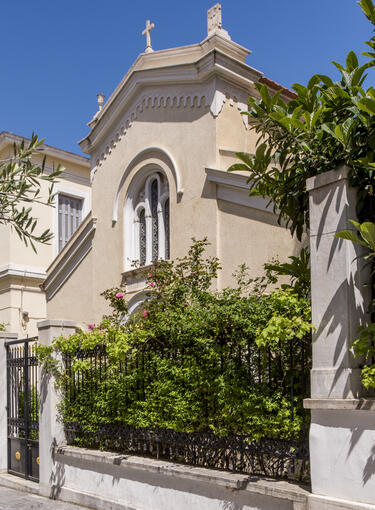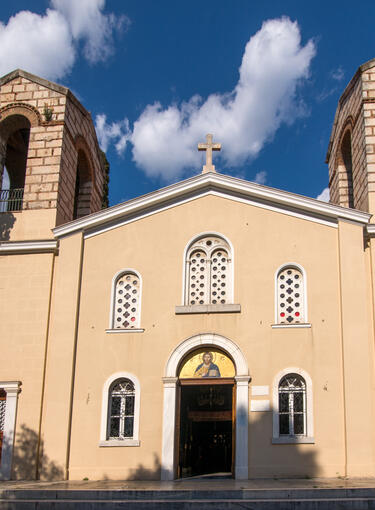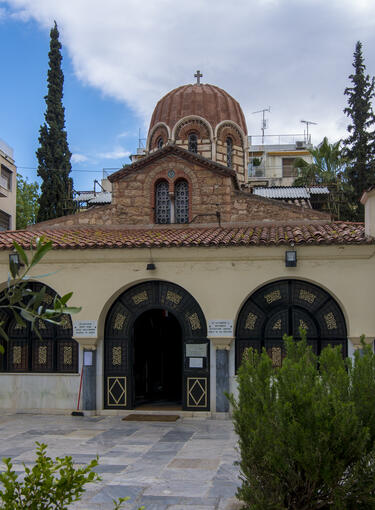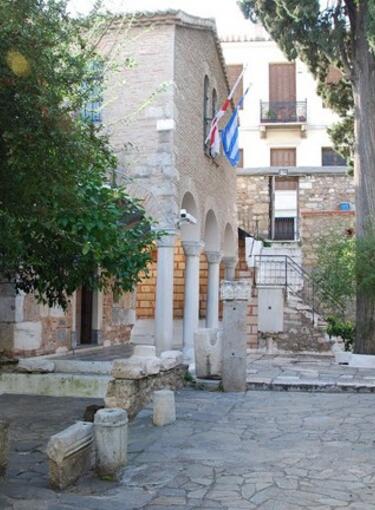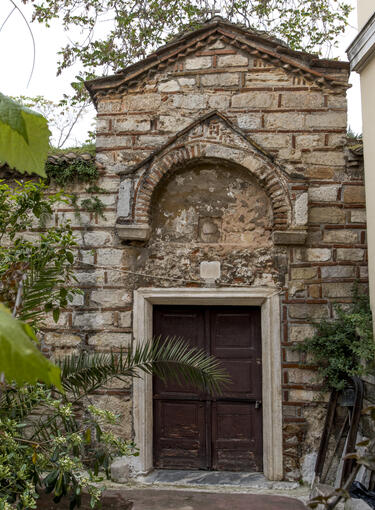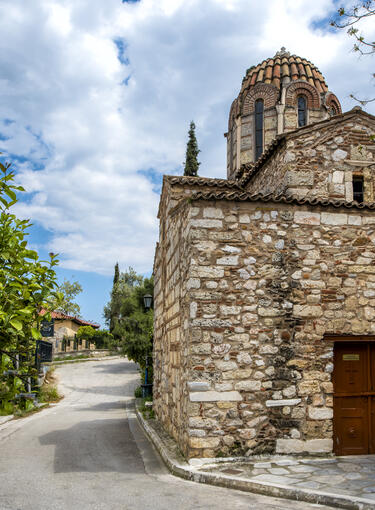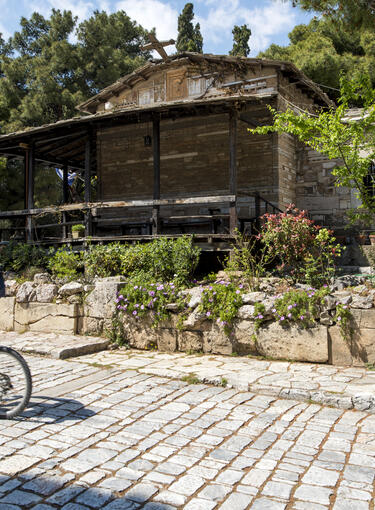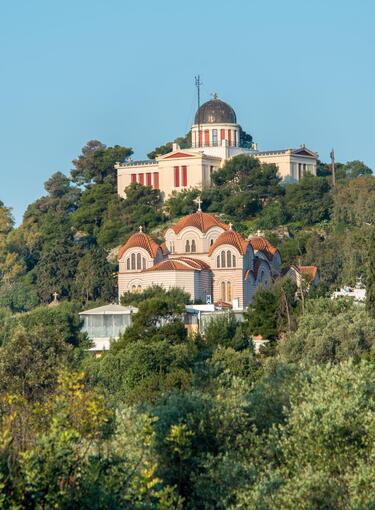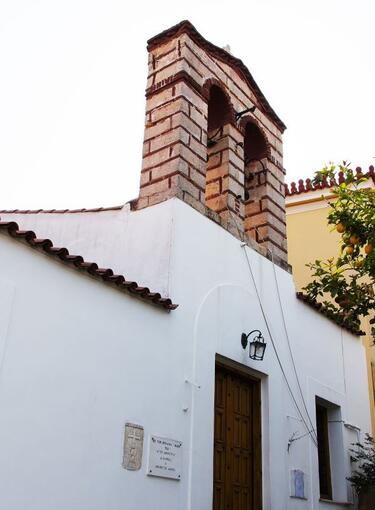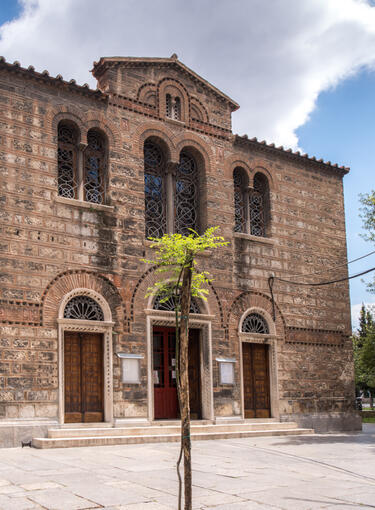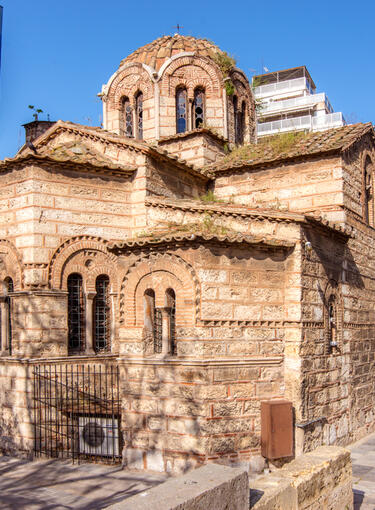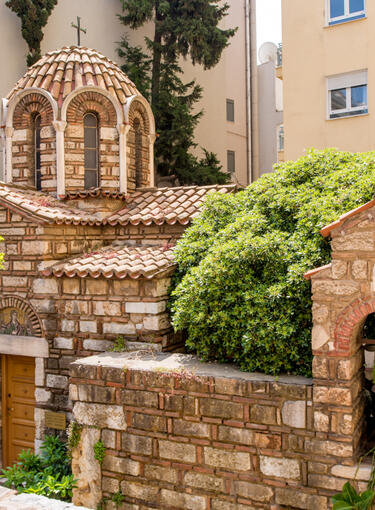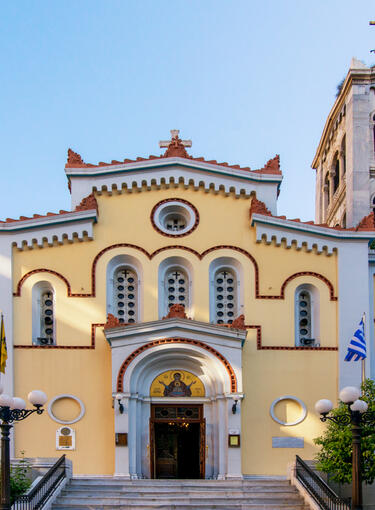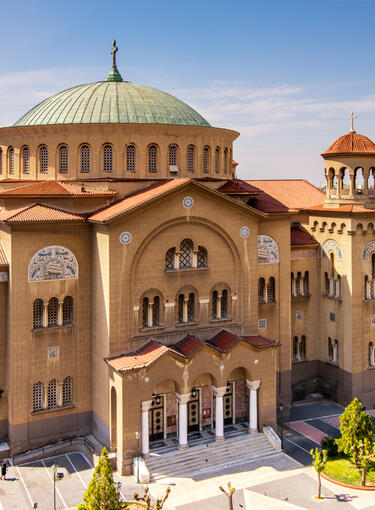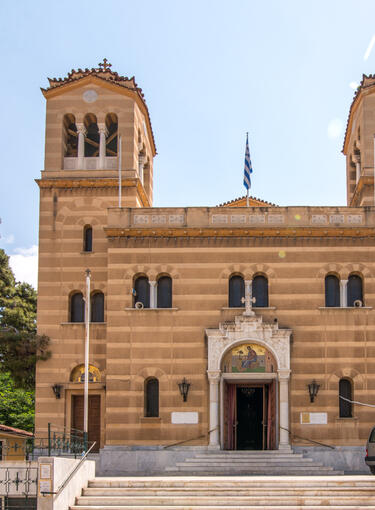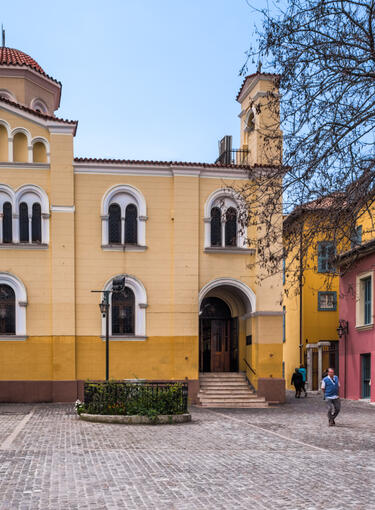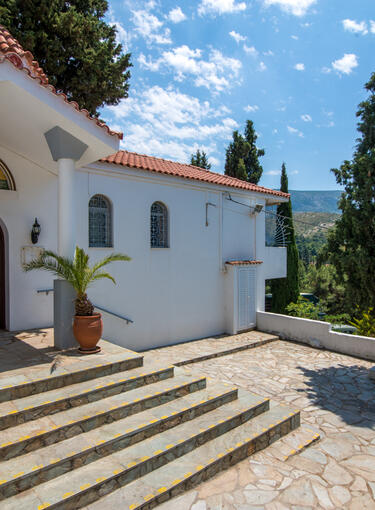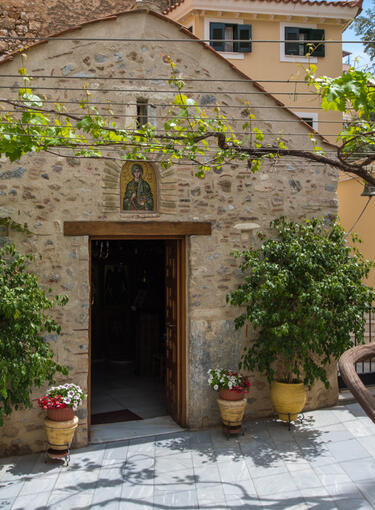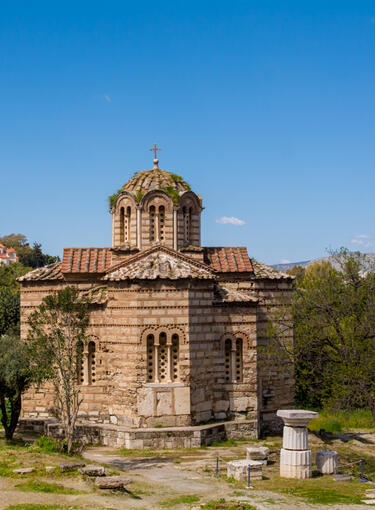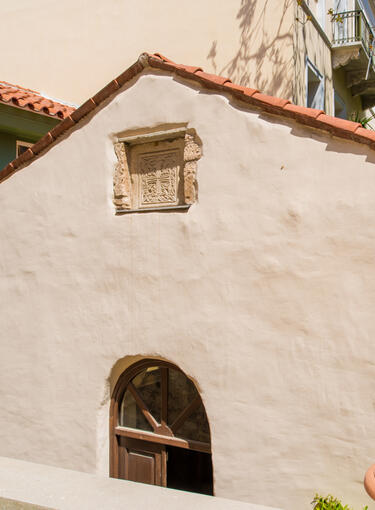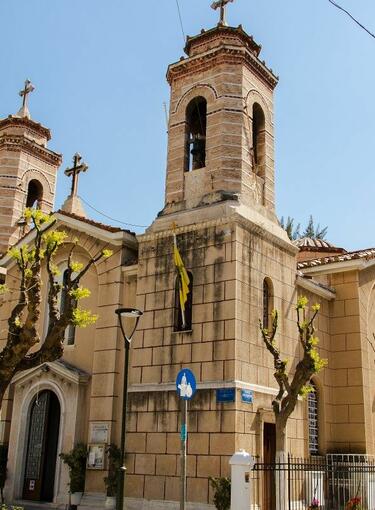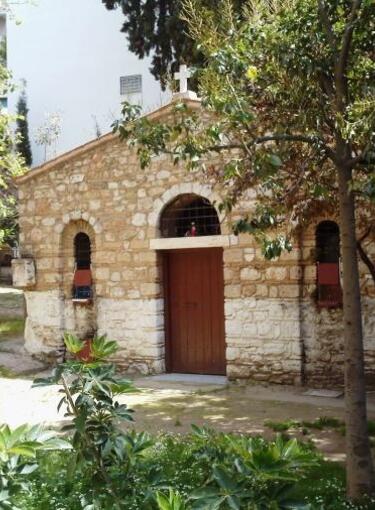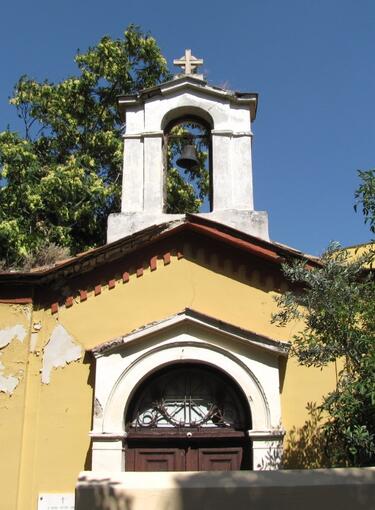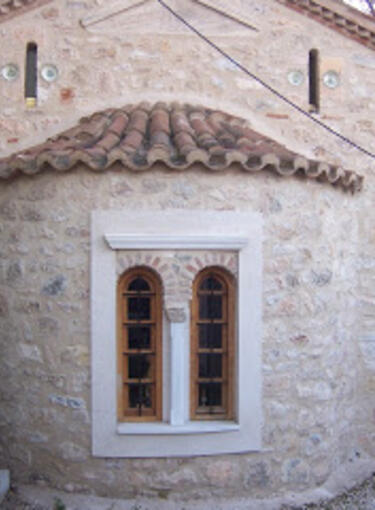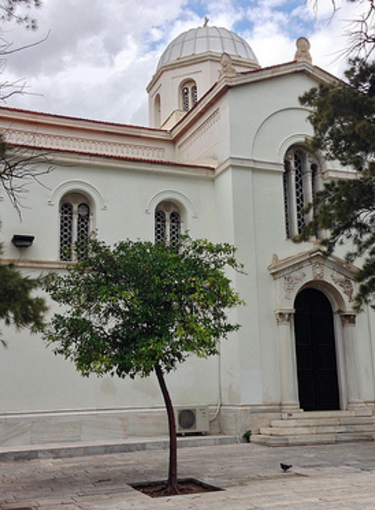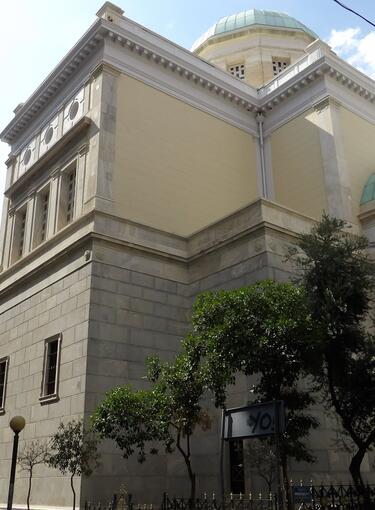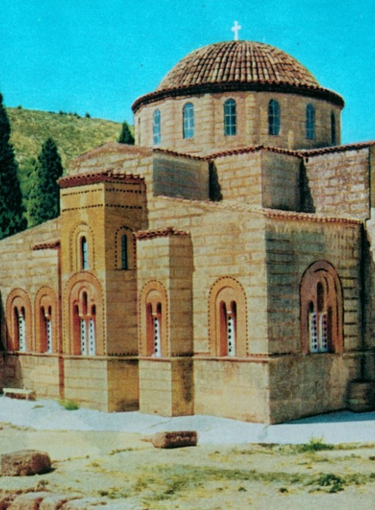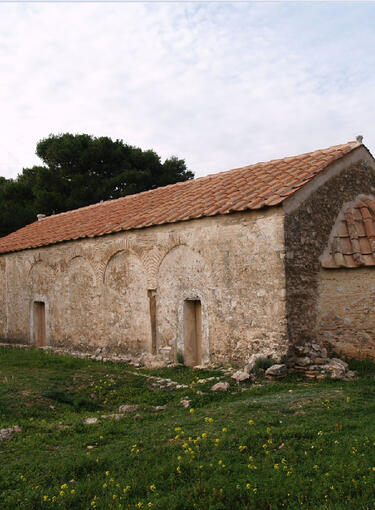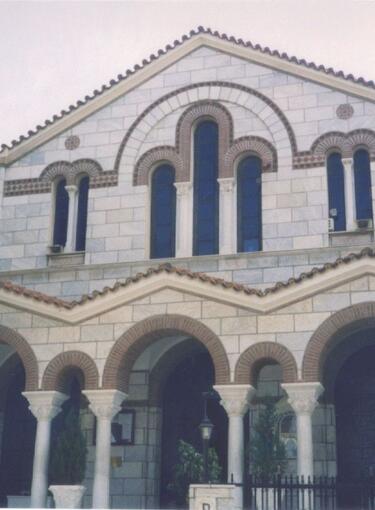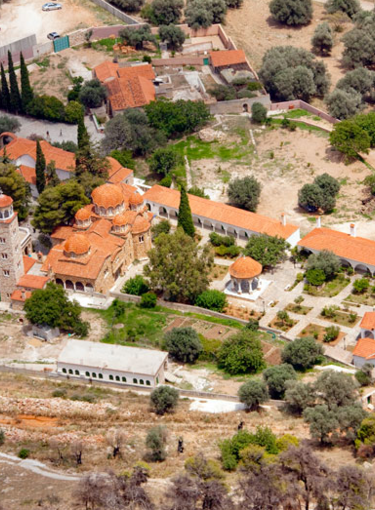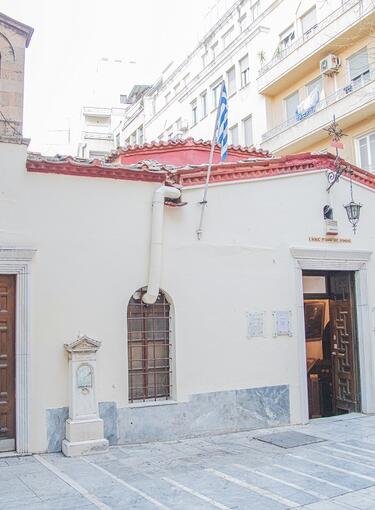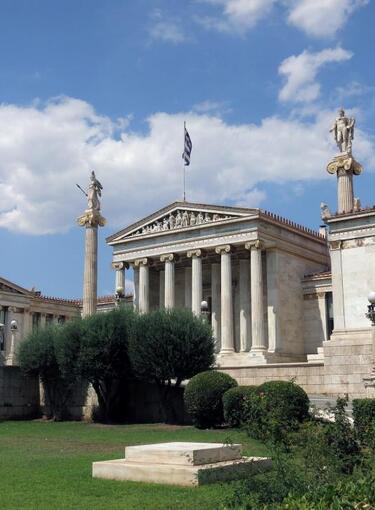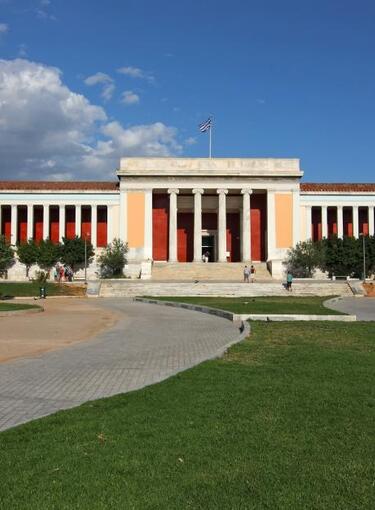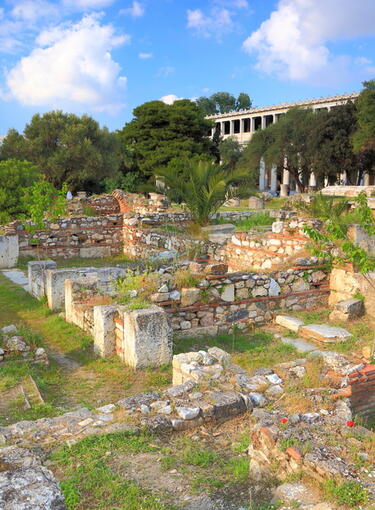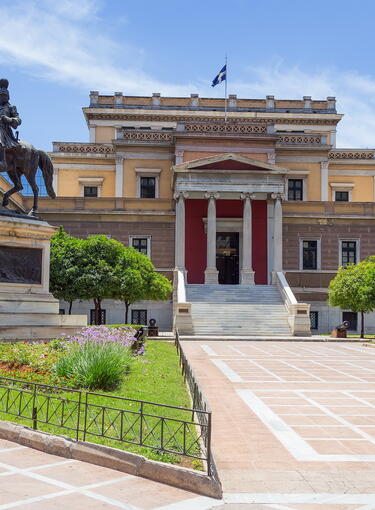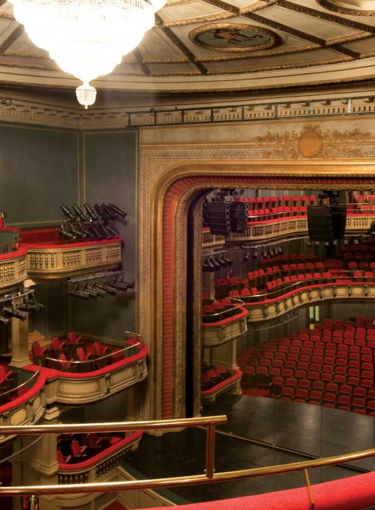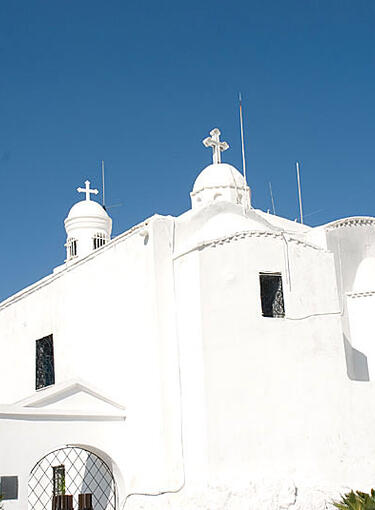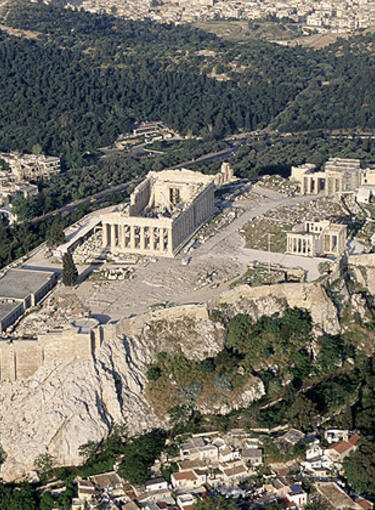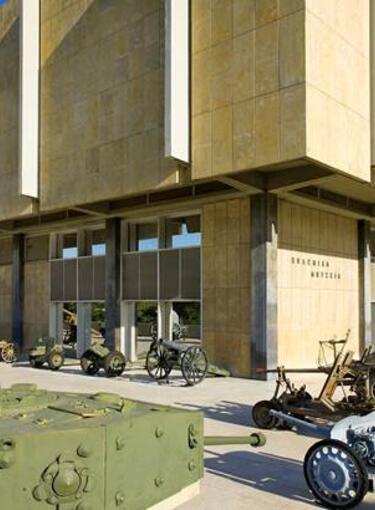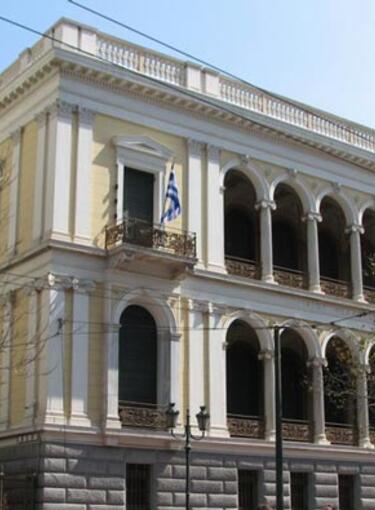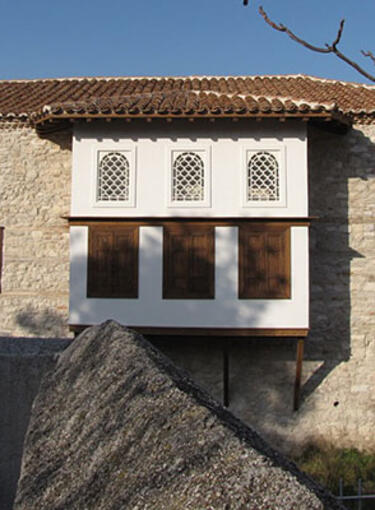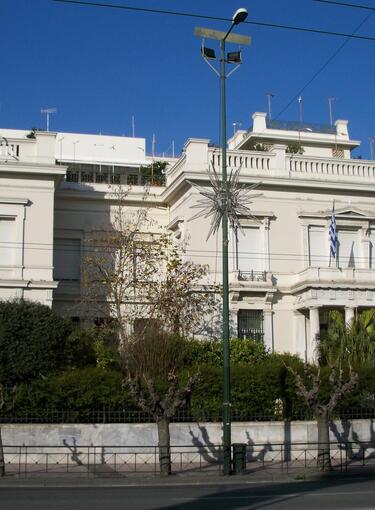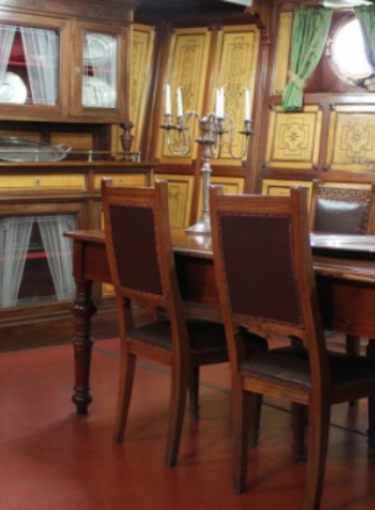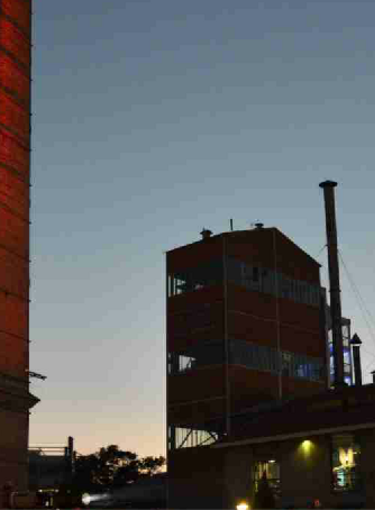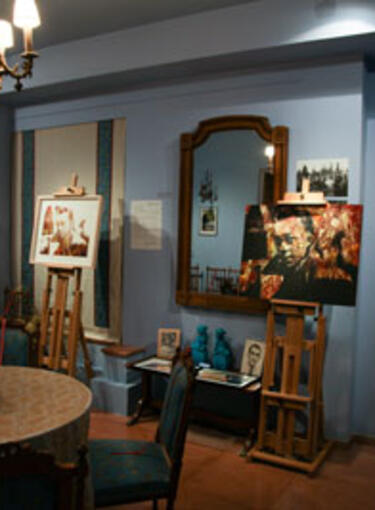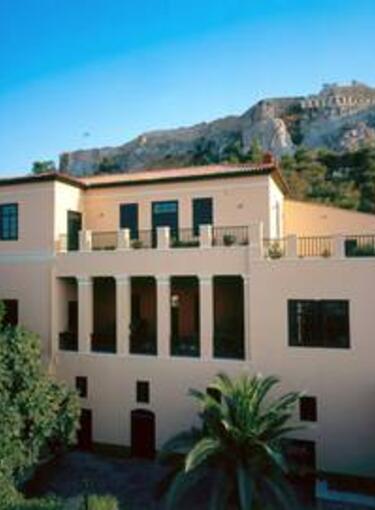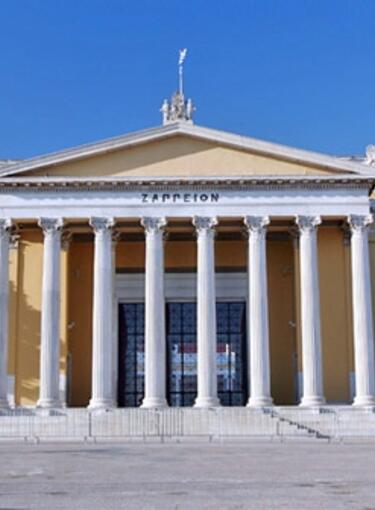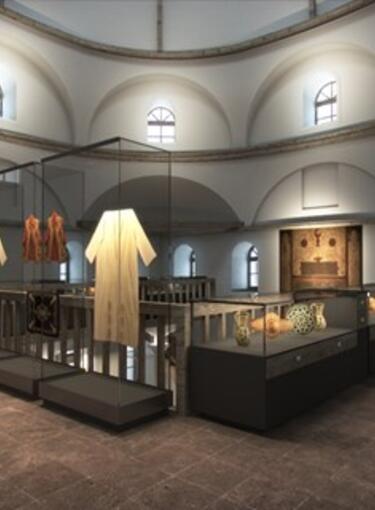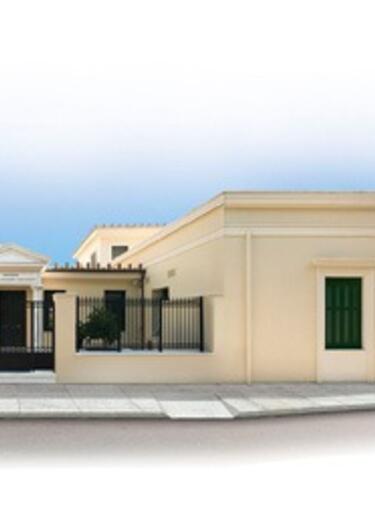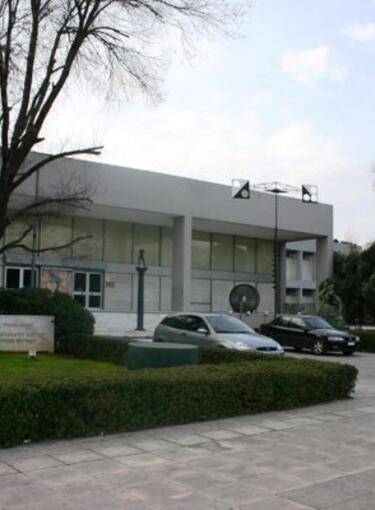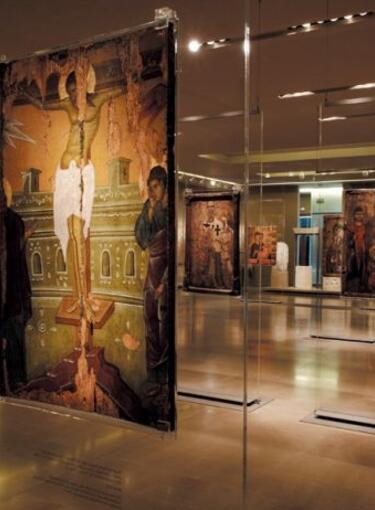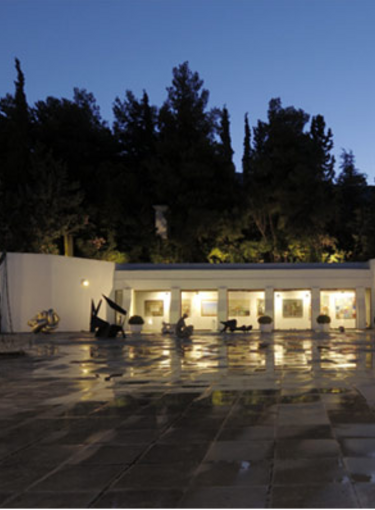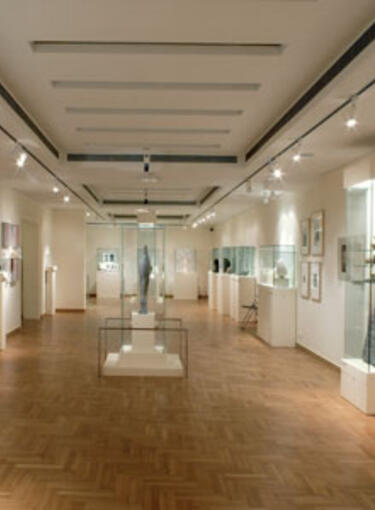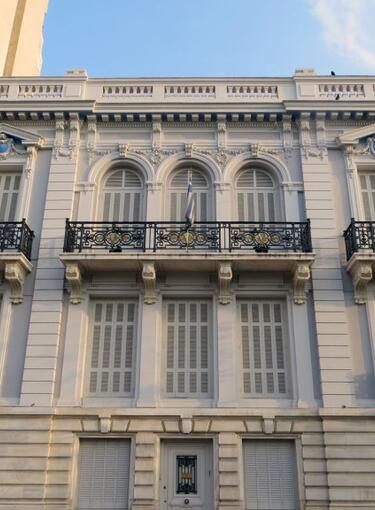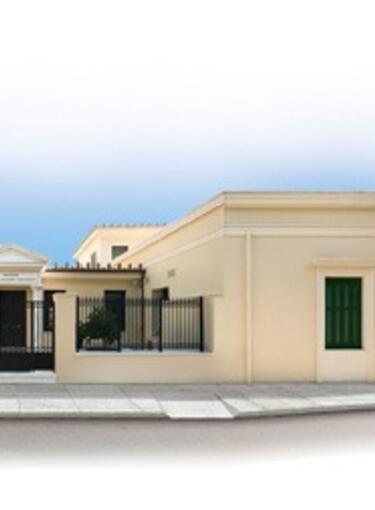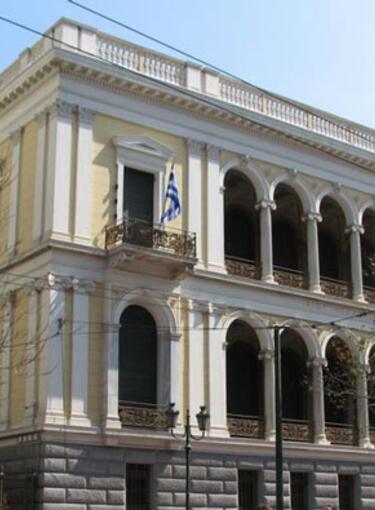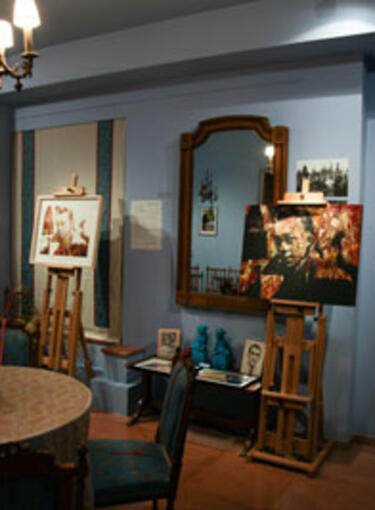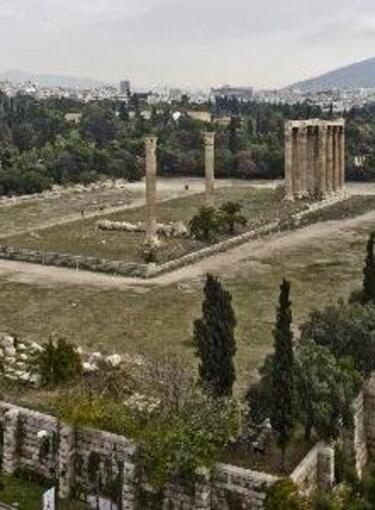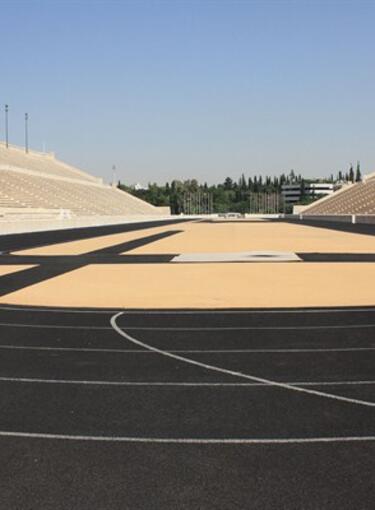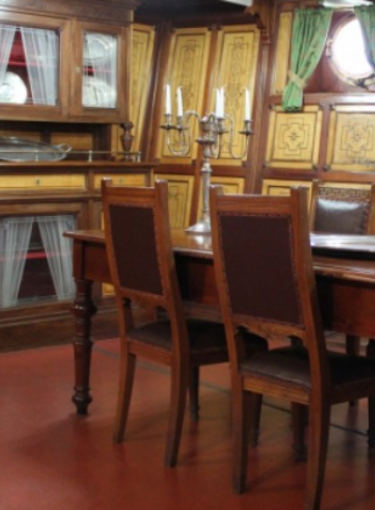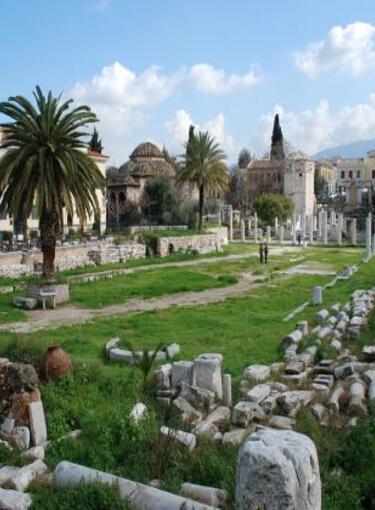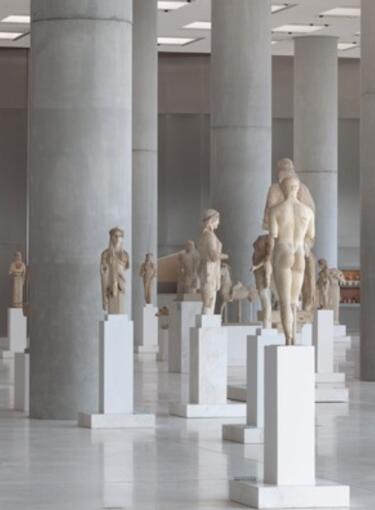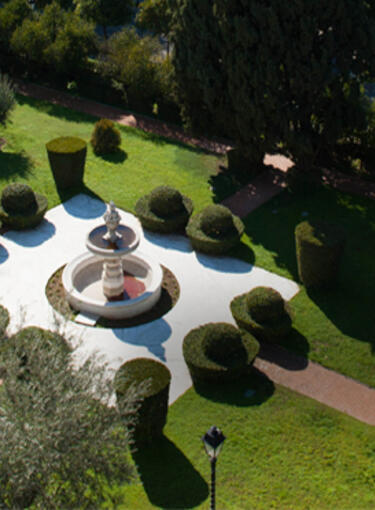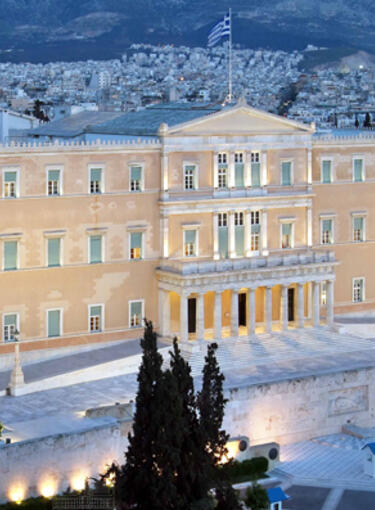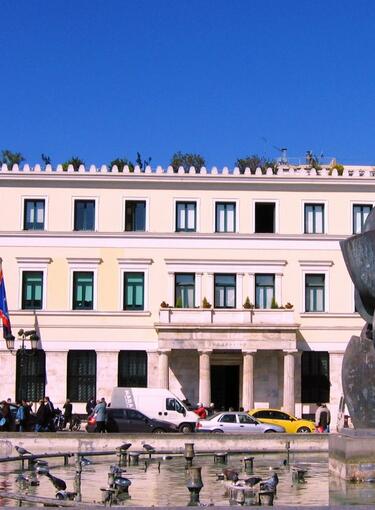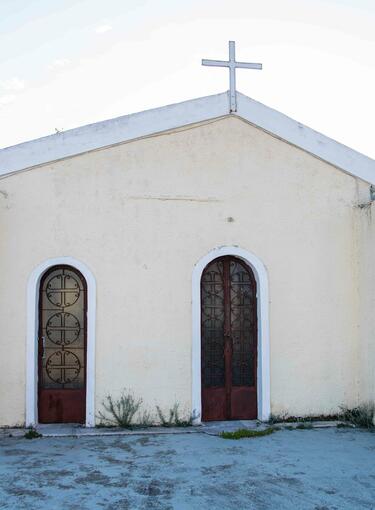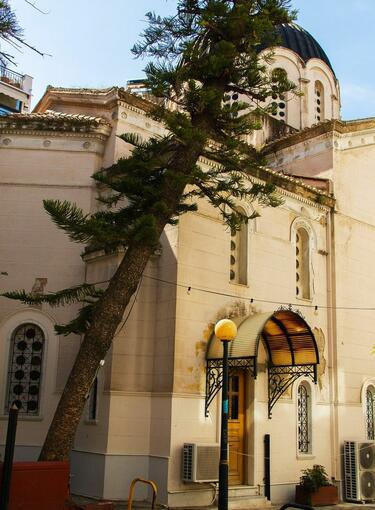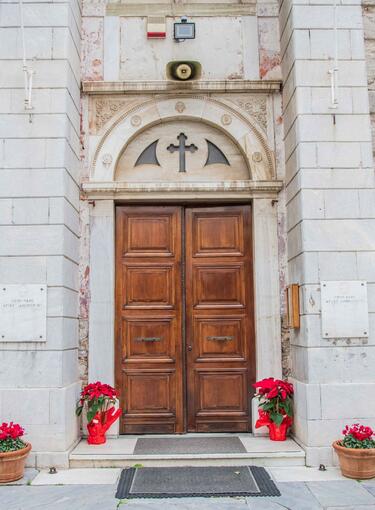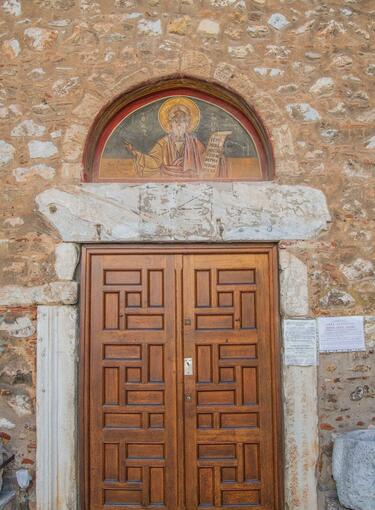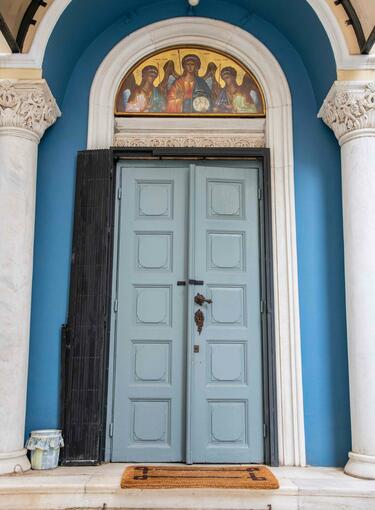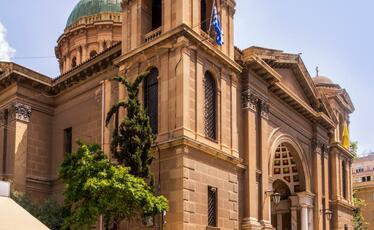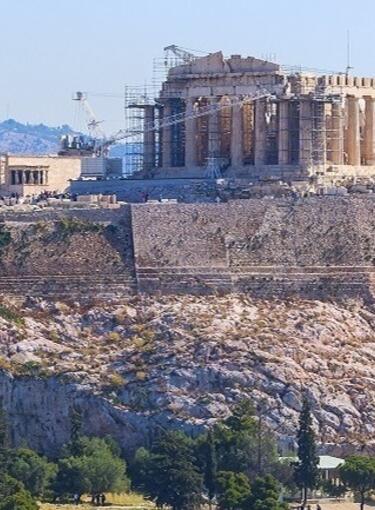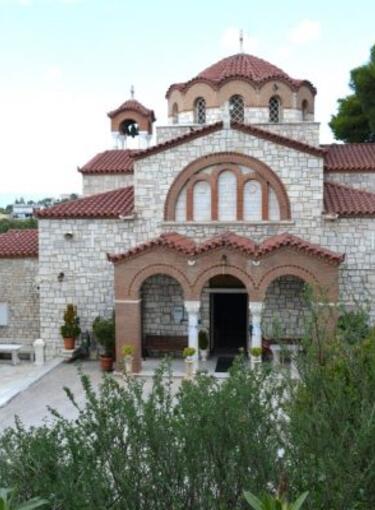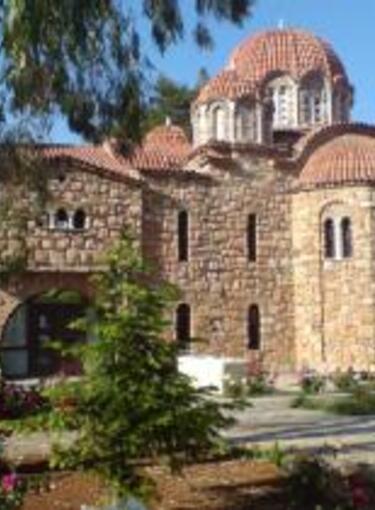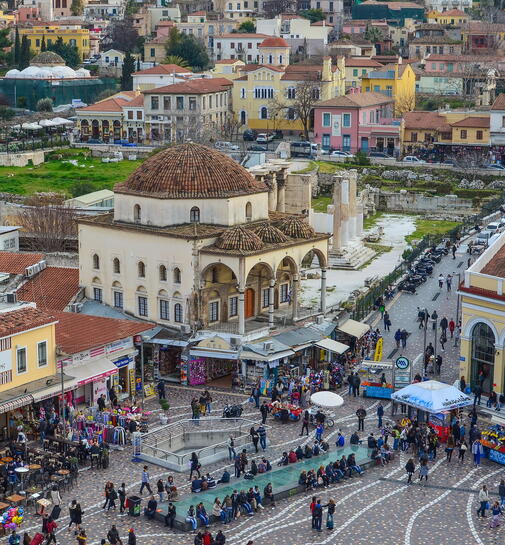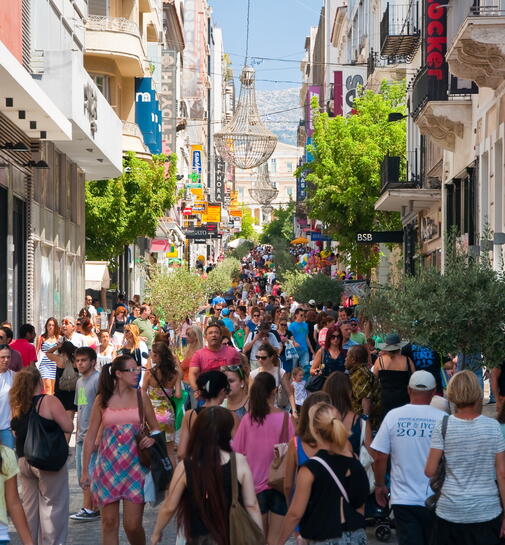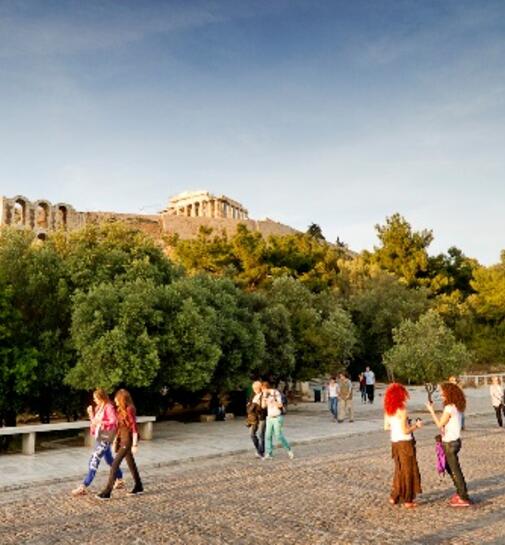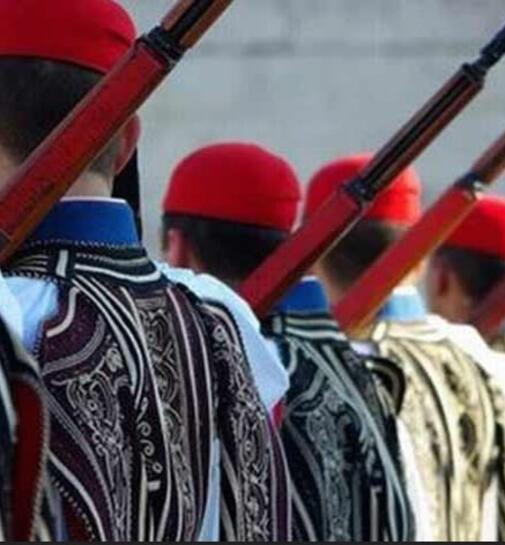The impressive church that stands dominant at a central location of Kolonaki square, on Skoufas street, opposite the Experimental School of the University of Athens, is dedicated to the bishop and patron saint of Athens, Agios Dionysius the Aeropagite.
On the location of the present day church there was another smaller one, which started to be constructed in 1880 and was demolished in 1900 in order to erect another, larger one. Construction works started in 1925 and were completed in 1931, when the inauguration was carried out by the Archbishop Chrysostomos.
This is a cross-in-square church with a large dome, following the neo-baroque style, and is characterized for its neo-classical elements in its exterior. Its plans were made the architect and Byzantologist Anastasios Orlandos, who was also responsible for the supervision of the construction works, which were completed with the contribution of the architect Dimitrios Filippakis.
Some of the most important artists of that time worked for the decoration of the church, such as the painter Spiros Vasileiou, who painted the icons, Sotirios Varvoglis and Stefanos Xenopoulos, responsible for the mosaics, and Theofanis Nomikos, one of the best wood-carvers, who made the woodworks. The architect Georgios Nomikos, brother of Theofanis was responsible for the general supervision of the interior and exterior decoration. They also made the impressive, and unique for Greece, wooden chandelier of the church. Many of the religious artifacts in the church are donations from wealthy Athenians.
The church celebrates in October 3rd, but until the final restoration of the Metropolitan church is used as the cathedral and hosts all the official celebrations of the city.
Saint Dionysius the Areopagite
Dedicated to the bishop and patron saint of the city of Athens, the church of Saint Dionysius the Areopagite constitutes one of the most significant monuments of the capital city. The elaborate and imposing church is located on Skoufa Str., in Kolonaki, and during the time period when the Metropolitan church of Athens was closed, owing to the reconstruction and renovation works it was used as cathedral church.
Earlier, on the site of the present church, had stood a small church, which was demolished in 1900, as it could not any more cover the worship needs of the faithful, of the then neighbourhood of Kolonaki, which in that period was developing at a rapid pace. In 1897 the church curators submitted a memorandum to the city council, requesting the licence for the construction of a new church which would be ‘spatious and beauteous, worthy of the name of the honoured saint’, as it was reported by the news which was published in the newspaper of the day.
In 1920, the final designs by Anastasios Orlandos were completed, with the construction works lasting eight years, from 1923 until 1931. In parallel, the supervision of the construction was undertaken by the architect Dimitrios Filippakis. The church combines Renaissance and Byzantine elements with its general floor plan being cruciform, while at the northwestern and southwestern corner stand two bell-towers, whose aspects end at triangular pediments and are roofed by a small dome.
The access to the interior from the central western entrance is made from a stepped stair. The four-columned western façade of the church with the semicircular renaissance arch recalls a triumphal arch. The empty space between the central arch and the interior of the church is covered by a central semi-dome, which is adorned with coffers containing eight-pointed stars in a green and red background, while at the top one can adore a marvelous mosaic with Christ blessing. The northern and the southern entrance of the church are decorated with mosaic depictions of archangels Michael and Gabriel.
In the Church, there is no narthex, but only one four-columned barrel-vault, which covers the empty space between the nave and the western entrance. It is a cruciform inscribed domed church. The general supervision of the interior and the exterior decoration fell upon the architect Georgios Nomikos, who designed the marble floors and the marble revetments of the interior of the church. In the holy bema looms the Holy Altar constructed of white marble, the mosaics in the exonarthex and in the interior of the church, with the exception of the ones of the floor were crafted by Stavros Xenopoulos, while all the wood carvings such as the iconostasis, the episcopal throne, the ambo, the psalteries as well as the marvelous and unique chandelier were crafted by Theofanis Nomikos, one of the most prominent Greek wood carvers. Exceptional is also the wood-carved epitaph with carved whole–bodied angels at each of its four corners.
All the murals of the church were crafted by the painter Spyros Vasiliou. In particular the dome is separated into three zones. At the centre is depicted Christ, in the usual form of the Pantokrator, with the right hand blessing, and the left holding a closed Gospel. In the second zone there are depicted the archangels and the other celestial forces, such as the six-winged seraphims and four-faced cherubs. The Theotokos stands upright on a footrest with the name ‘THE LADY OF THE ANGELS’ raises her hands in a prayer position, while opposite her is depicted Saint John the Baptist. At the drum of the dome there are crafted prophets who are lined up the one next to the other in front face position. At the four pediments supporting the dome are depicted the four evangelists.
In the conch of the Holy Bema one observes the enthroned Theotokos, as Virgin and Child, framed by two whole-bodied venerating angels.
The iconographic themes which are developed in the nave originate mainly from the Christological cycle, while perimetrically to the nave the Christological cycle is supplemented with themes which originate from the Sunday Evangelical readings, such as the depiction of Jesus with the Samaritan woman, the depiction of the healing of the blind man, the ointment of Jesus with myrrh; Abraham’s sacrifice at the northern part of the western wall and the burning and not consumed bush at the southern part of the western wall.
Informations
Additional
Date:
1925-1931
Season:
Modern
Celebrates:
3 October
Holy Metropolis:
Archdiocese of Athens
Under the Supervision of:
Archdiocese of Athens
Address:
Skoufa 43, Kolonaki 10673


